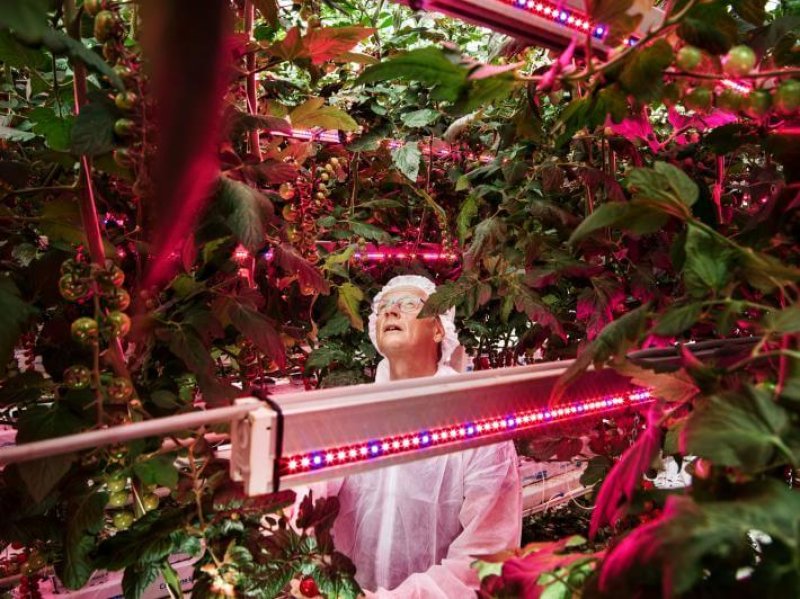Technology first used by NASA to grow plants extra-terrestrially is fast tracking improvements in a range of crops.
Scientists at the John Innes Centre, Earlham Institute, and Quadram Institute in Norwich, UK, and the University of Queensland have improved the technique, known as speed breeding, adapting it to work in vast glasshouses and in scaled-down desktop growth chambers.
The ability to work at these scales gives scientists greater opportunities than ever before to breed disease resistant, climate resilient and nutritious crops to feed a growing global population. The research is published in the peer reviewed journal Nature Protocols.
Speed breeding uses enhanced LED lighting and day-long regimes of up to 22 hours to optimise photosynthesis and promote rapid growth of crops. It speeds up the breeding cycle of plants: for example, six generations of wheat can be grown per year, compared to two generations using traditional breeding methods.
Read full, original article: Space-inspired speed breeding for crop improvement































